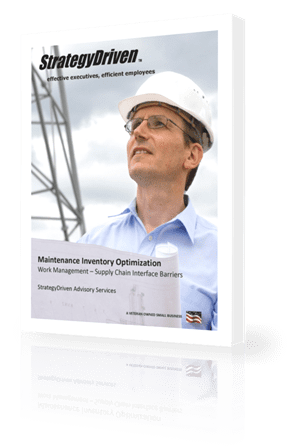The Future of Automotive Design: Innovation and Technology
The automotive industry is undergoing a transformation driven by advancements in design and technology. Modern automotive design isn’t just about aesthetics but encompasses functionality, efficiency, and sustainability. Here’s how innovation is shaping the future of automotive design. By learning more about the future of design, you can prepare for any evolutions that may affect your innovation and know the technology you will need. Check it out below.
Integration of Advanced Technologies
- Smart and Connected Vehicles: Automotive design now integrates advanced connectivity features, allowing vehicles to communicate with each other and with infrastructure. This enhances safety and traffic management, making driving more efficient and enjoyable. The integration of Vehicle-to-Everything (V2X) technology is a prime example, enabling cars to interact with traffic signals, other vehicles, and even pedestrians.
- Autonomous Driving: The design of autonomous vehicles focuses on integrating sensors, cameras, and AI technologies to enable self-driving capabilities. This includes the development of user-friendly interfaces for monitoring and controlling the vehicle. Autonomous vehicles require extensive data processing capabilities, which are now being seamlessly incorporated into the vehicle design, ensuring both functionality and user comfort. While they may not be entirely road-ready, the future of driving is underway, and everyone should be prepared for it.
Emphasis on Sustainability
- Eco-Friendly Materials: Designers are increasingly using sustainable materials to reduce the environmental impact of vehicle production. This includes recycled materials, bio-based plastics, and lightweight composites that improve fuel efficiency. For instance, the use of bamboo and other renewable resources in interior components reduces reliance on traditional plastics and metals, contributing to a lower carbon footprint.
- Electric Vehicles (EVs): The rise of EVs has transformed automotive design, focusing on aerodynamics, battery placement, and efficient energy management. Innovative designs aim to maximize range and minimize charging times. Designers are also experimenting with integrating solar panels and other renewable energy sources into EVs, further enhancing their sustainability.
Enhanced User Experience
- Ergonomics and Comfort: Modern automotive design prioritizes the comfort and convenience of drivers and passengers. This includes ergonomic seating, intuitive controls, and customizable interiors that enhance the driving experience. Innovations such as adjustable seating configurations, ambient lighting, and advanced climate control systems are becoming standard features.
- Advanced Infotainment Systems: The integration of sophisticated infotainment systems offers seamless connectivity, entertainment, and navigation features. Designers focus on creating intuitive interfaces that are easy to use while driving. Augmented reality (AR) dashboards, voice-activated controls, and integration with personal devices like smartphones and smartwatches are revolutionizing the in-car experience.
Safety and Security
- Advanced Safety Features: Automotive design now includes features like collision avoidance systems, adaptive cruise control, and lane-keeping assistance. These technologies help to prevent accidents and protect occupants. Advanced Driver Assistance Systems (ADAS) use a combination of radar, cameras, and LIDAR to provide real-time feedback and corrective measures to ensure safety.
- Cybersecurity: With the increasing connectivity of vehicles, cybersecurity has become a critical aspect of automotive design. Ensuring that vehicle systems are secure from hacking is essential for maintaining user trust and safety. This includes developing robust encryption methods and real-time monitoring systems to detect and mitigate cyber threats.
The Role of Artificial Intelligence and Machine Learning
- Predictive Maintenance: AI and machine learning are being integrated into vehicle systems to predict maintenance needs before issues arise. This proactive approach helps in maintaining vehicle performance and safety, reducing the risk of unexpected breakdowns.
- Personalized Driving Experience: AI can analyze driving patterns and preferences, automatically adjusting vehicle settings to suit individual drivers. This includes seat positioning, climate control, and even driving modes, enhancing comfort and convenience. The team at EDC Automotive Design & Engineering Services are experts in using 3D and VR design processes to create the best driving experience.
Design for Manufacturing Efficiency
- Modular Design: The use of modular design in automotive manufacturing allows for greater flexibility and efficiency. Parts and systems can be standardized across different models, reducing production costs and time. This approach also simplifies maintenance and repairs, as common components are easier to replace.
- Digital Twin Technology: The use of digital twins—virtual replicas of physical systems—enables real-time monitoring and simulation of vehicle performance. This technology helps in optimizing design, manufacturing, and maintenance processes, ensuring higher quality and reliability.
Conclusion
The future of automotive design lies in the seamless integration of technology, sustainability, and user-centric features. As the industry continues to evolve, designers are challenged to create vehicles that not only meet the demands of modern consumers but also contribute to a sustainable and connected world. The ongoing advancements in automotive design promise to deliver safer, more efficient, and more enjoyable driving experiences.













Leave a Reply
Want to join the discussion?Feel free to contribute!